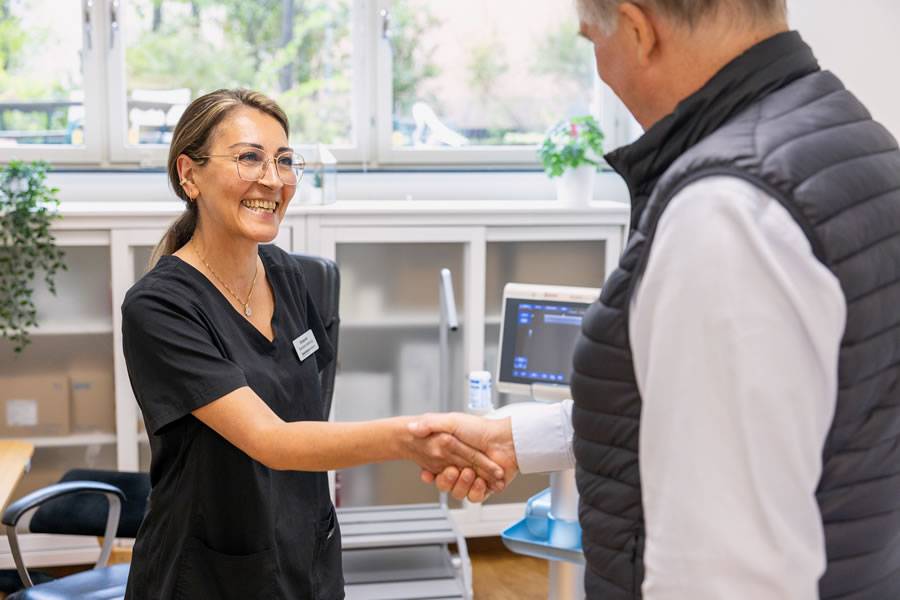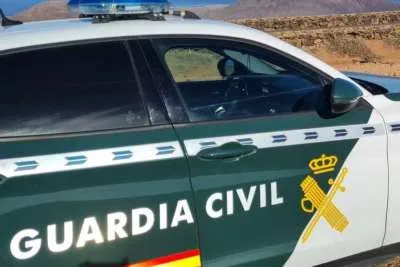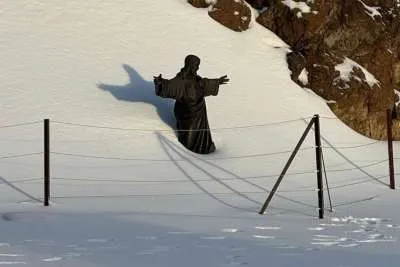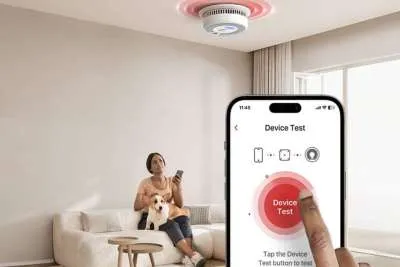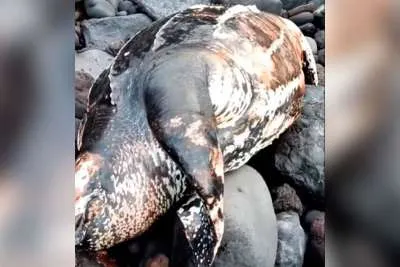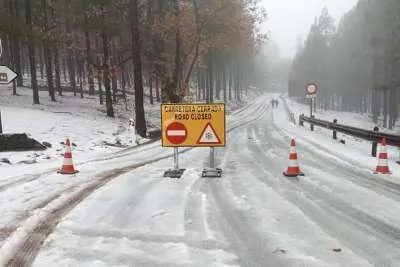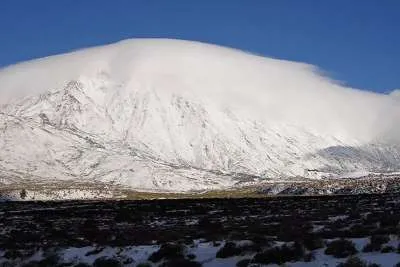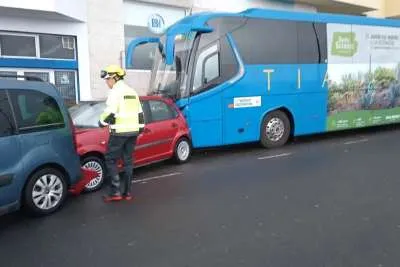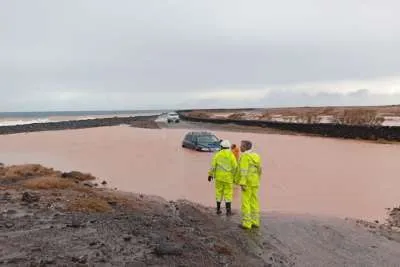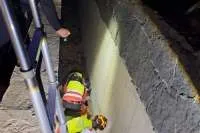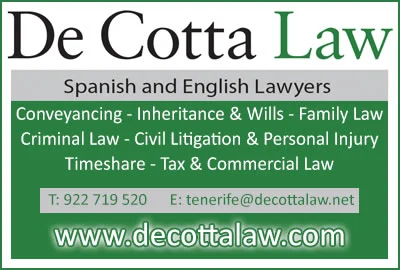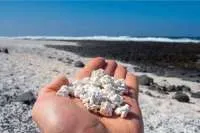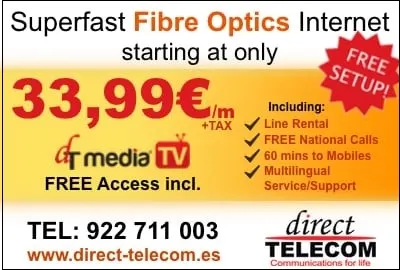How to get smooth, vein-free legs: The latest treatments for varicose and spider veins
- 01-04-2025
- National
- collaborative post
- Photo Credit: Bazoom
Many people want smooth, even-toned legs, but visible veins can sometimes stand in the way. Varicose veins and spider veins are common concerns, but thanks to modern treatments, they can be effectively removed or reduced while also improving circulation.
Whether you’re dealing with bulging varicose veins or fine spider veins, there are solutions available to help you achieve the results you want.
What’s the difference between varicose veins and spider veins?
Before exploring treatment options, it’s important to understand the difference:
- Varicose veins are enlarged, twisted veins that often appear blue or purple, typically on the legs. They occur when weakened vein valves allow blood to pool instead of flowing efficiently back to the heart. Read more about varicose veins here.
- Spider veins are smaller, thread-like veins that sit close to the surface of the skin. They often appear as red, blue, or purple clusters and are more of a cosmetic concern than a medical issue. Read more about thread veins here.
If you've recently noticed that your veins are becoming more visible, it could be due to why are my veins so visible all of a sudden?, a common concern linked to circulation, aging, or hormonal changes.
The most effective treatments for smooth, vein-free legs
Thanks to advancements in medical technology, treating varicose and spider veins has never been easier. Here are the most common and effective treatment options:
1. Sclerotherapy – an effective solution for small varicose veins and spider veins
Sclerotherapy involves injecting a special solution into the affected veins, causing them to collapse and fade over time. This treatment is ideal for varicose veins in one leg or for smaller thread veins.
2. Laser treatment – a precise, non-invasive method
Laser therapy uses focused light energy to heat and close off small veins, which gradually disappear. It is a popular choice for spider veins and superficial varicose veins.
3. Endovenous laser treatment (EVLT) – a permanent solution for larger varicose veins
EVLT involves inserting a thin laser fibre into the vein, using heat to seal it shut. The body naturally redirects blood to healthier veins, making this a long-term solution for more severe cases.
4. Microphlebectomy – surgical removal of varicose veins
This procedure involves making tiny incisions to remove larger varicose veins. It is often used in combination with other treatments for the best results.
If you're considering treatment, you can read more about how can you remove varicose veins, which explains the available options in detail.
What can you do to prevent varicose and spider veins?
In addition to medical treatments, there are several lifestyle changes that can help reduce the risk of developing new varicose or spider veins:
- Improve circulation by staying active and avoiding prolonged sitting or standing.
- Wear compression stockings, which help support veins and reduce swelling.
- Maintain a healthy weight, as excess weight increases pressure on your veins.
- Avoid tight clothing and high heels, which can restrict circulation in the legs.
If you’re already experiencing symptoms, consulting a specialist at UK Vein Care can help you find the most effective treatment option.
Conclusion
Thanks to modern treatments, getting smooth, vein-free legs is now easier than ever, whether you’re dealing with varicose veins, spider veins, or both. A specialist can help you determine the best approach based on your needs and concerns.
Other articles that may interest you...
Trending
Most Read Articles
Featured Videos
A Vision of Elvis Tenerife Promo
- 10-05-2025
TEAs 2025 Highlights
- 17-11-2025


